There’s nothing like fresh baked bread.
That amazing smell. A crisp, crackling crust. A tender, pillowy crumb. It’s been a vital part of our diet for thousands of years.
Bread was an important part of a community – up until the industrial revolution and the discovery and manufacturing of baker’s yeast, enabling mass production to be possible. With mass production came all the chemical additives for conditioning the dough and improving shelf life, all of which dramatically compromised the taste and nutrition of bread.
The magic of sourdough.
So, what exactly is naturally leavened bread? Naturally leavened bread doesn’t use baker’s yeast (those little packets of grainy beige powder you can buy at the grocery store). Instead, flour and water are combined and left to ferment, where it uses the natural yeast and bacterias present in the flour and air. Feeding this mixture on a regular basis will cause the little beasties to eat the sugars and produce carbon dioxide, causing the “starter” to bubble and rise. This starter is used to make a leaven (or levain in French) and is the magic in naturally leavened bread.
Like all fermented foods, the process of fermentation results in probiotics that are the foundation of a healthy gut – improving everything from digestion to the body’s immune response.
But there’s more…gluten sensitivity is fairly common these days. Sourdough produces lactic acid, which neutralizes the phytic acids in wheat (which is generally what causes most sensitivity). Neutralizing the phytic acid not only aids in reducing sensitivity, but also makes the micronutrients in the grains bioavailable which increases the nutrition of the bread.
So, go ahead…have another slice.
FOLLOW @CULTUREBAKEHOUSE




